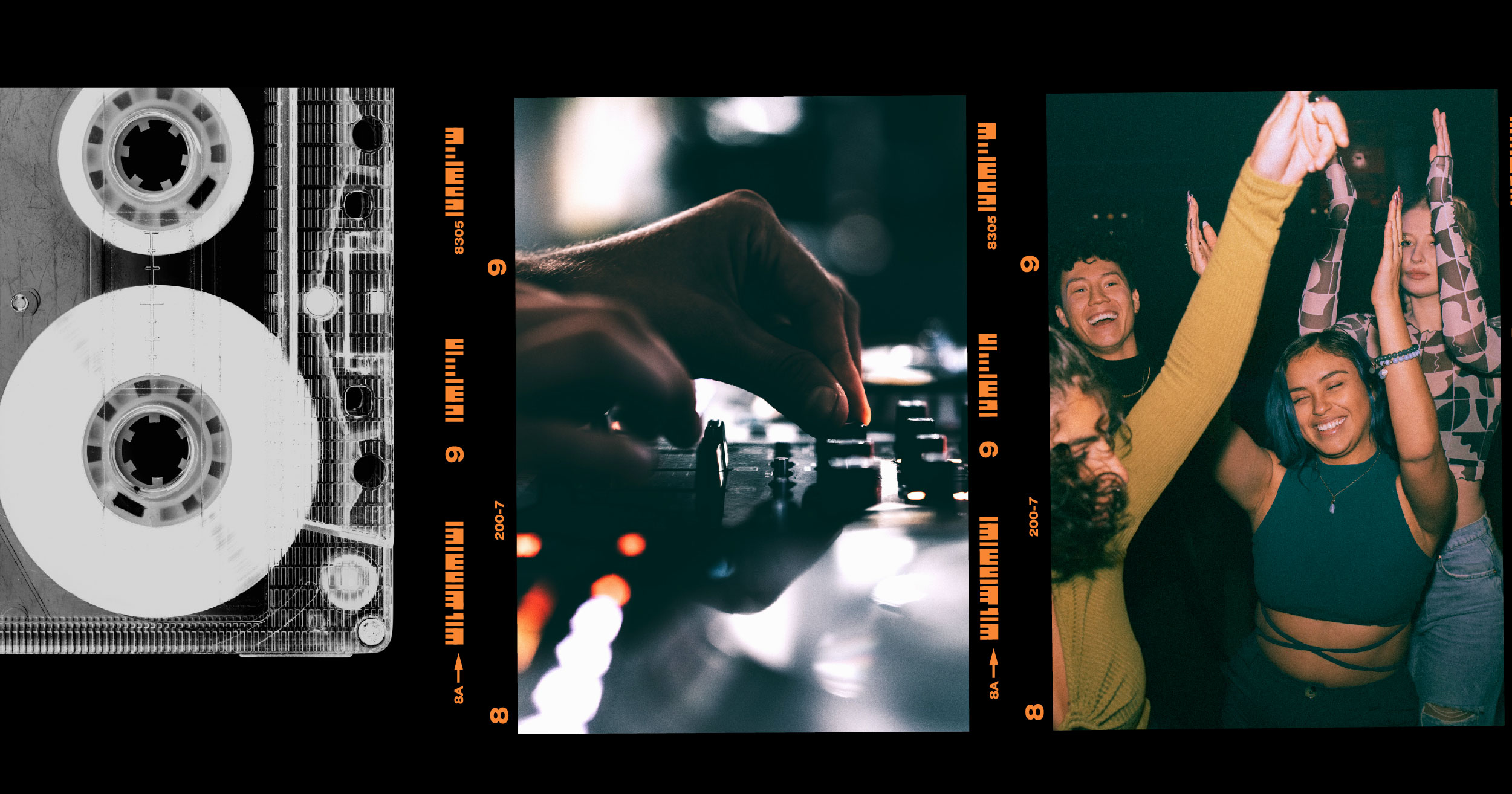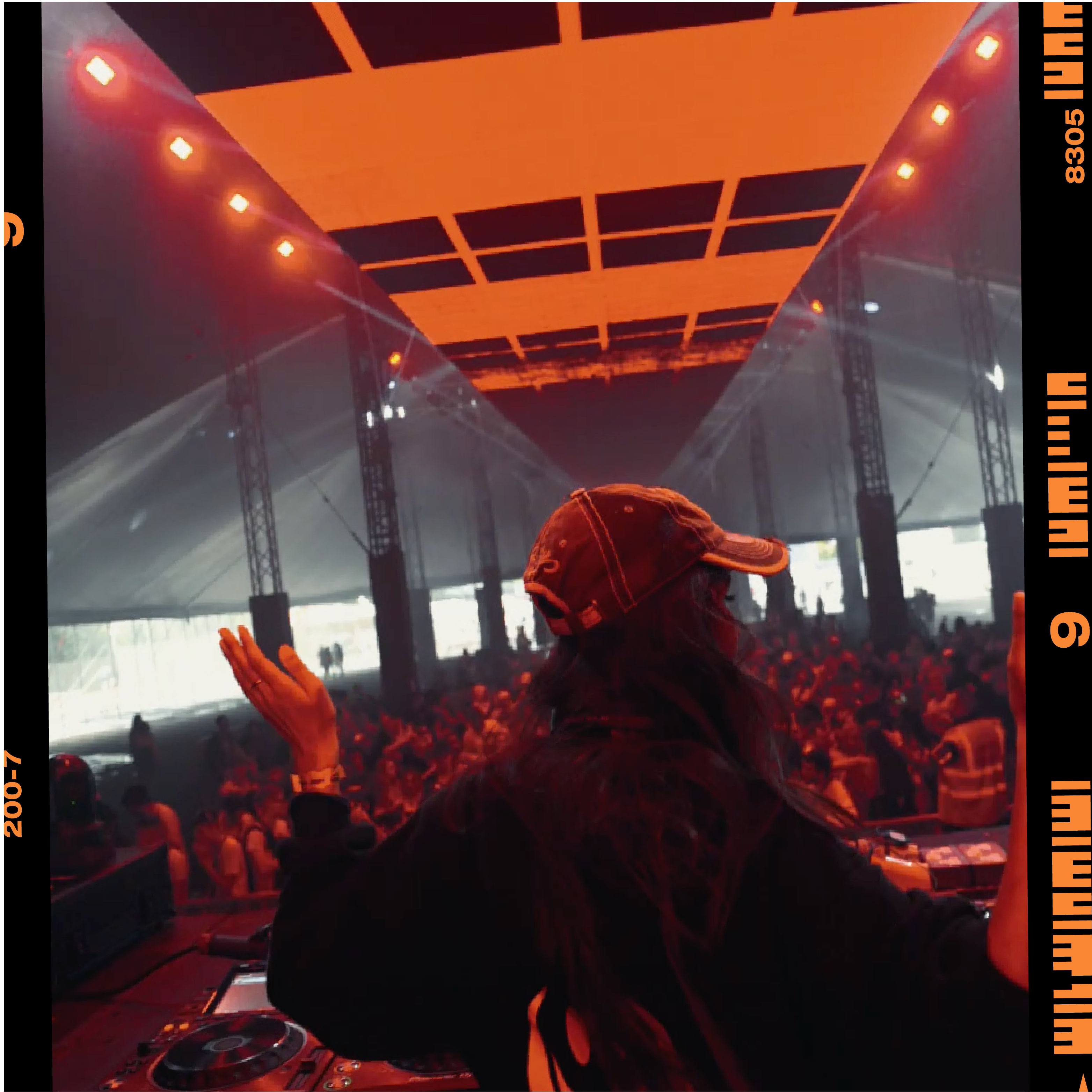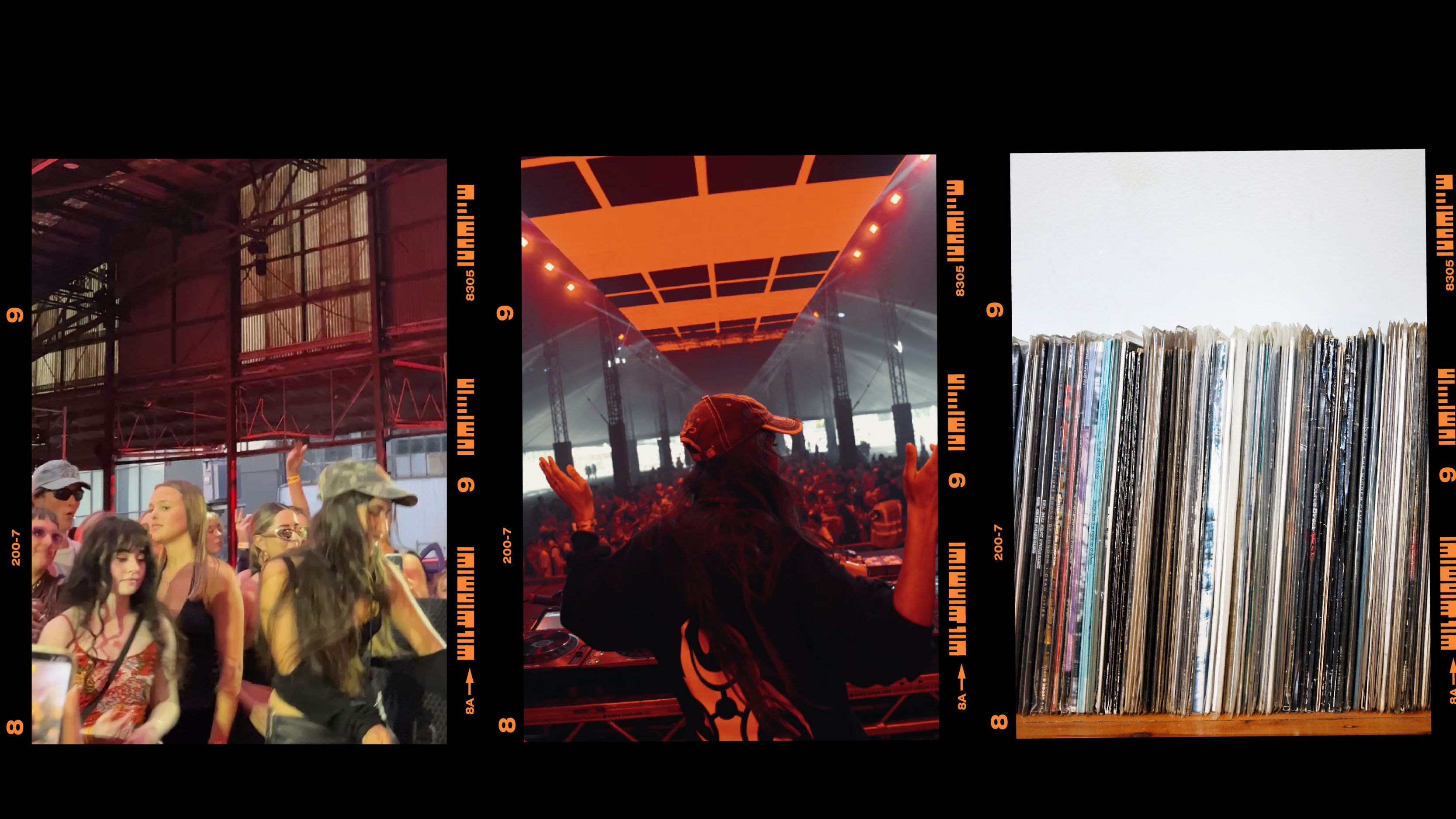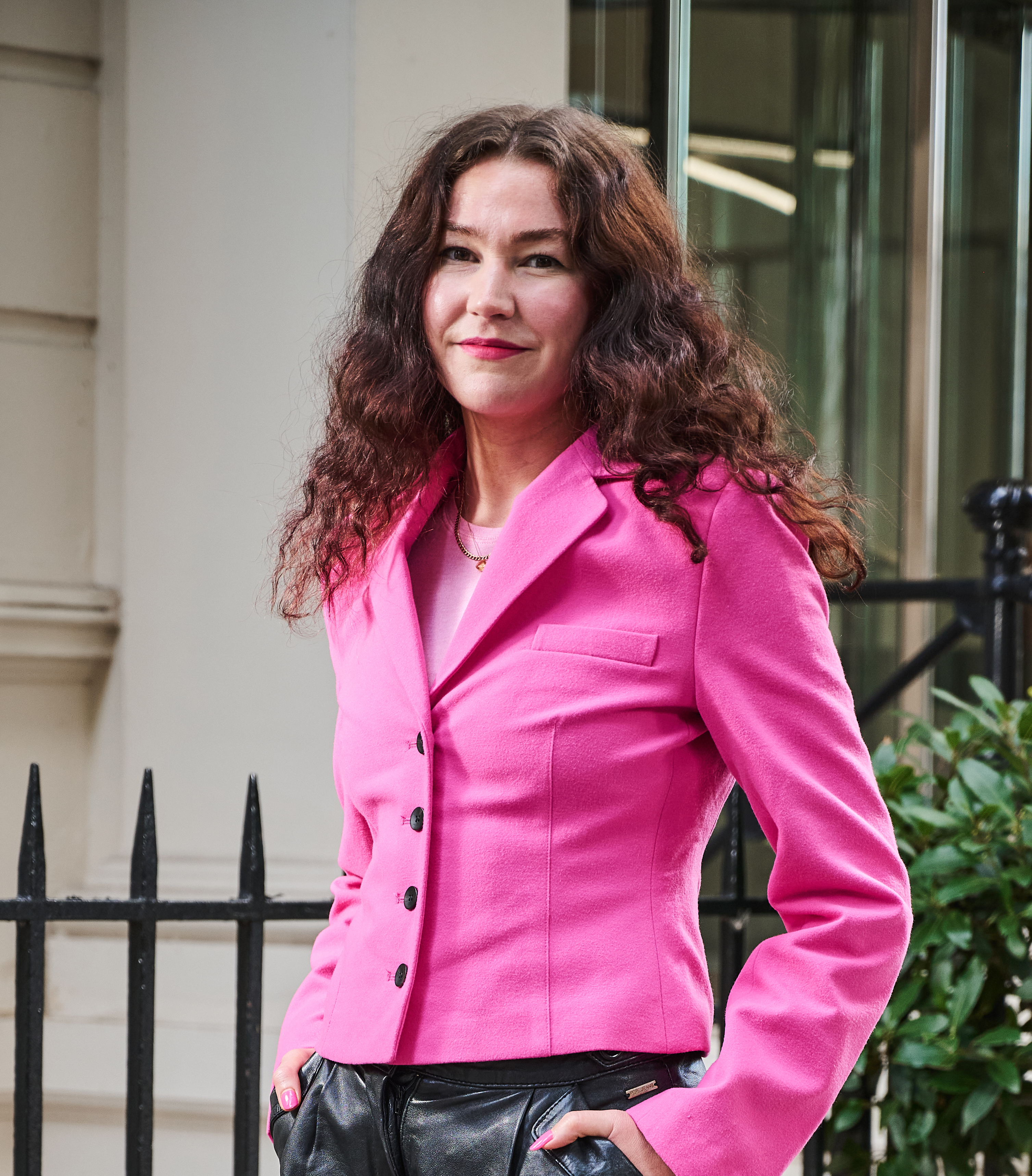Rave, Rest, Repeat: Partying Is Summer’s Hottest Wellness Trend
From stress to euphoria—how rave culture is helping us cope with modern life


In the shadows of war, climate crisis, economic precarity, and social fragmentation, a curious—almost defiant—phenomenon is pulsing back to life: rave culture.
Across the UK, cities battered by inflation and unrest are filling with dancers spilling into underground clubs, warehouses, and forest clearings. As broadcaster Clara Amfo puts it: “People literally need it now. It's not even about enjoyment for enjoyment's sake; it's like, ‘I need to escape the world's bullshit. I need to be at one with my friends. I need to feel reconnected to my childhood self.’”
Globally, rave culture is surging. But this revival isn’t a nostalgic copy of the past, it’s evolving, responding to a generation shaped by climate anxiety, housing crises, political instability, and a loneliness epidemic. Kesang Ball, Co-Founder of Trippin, a new-gen travel platform featuring content from diverse global voices shaping contemporary culture, notes a shift in how young people are approaching raving in the post-pandemic world. “We’re so connected online, but arguably more disconnected in real life,” she says. “People are craving spaces where they can meet like-minded people again.”
In the UK, that hunger is especially acute. According to LG’s Radio Optimism campaign, 80% of people surveyed believe their lives would benefit from more meaningful connections—yet 63% admit they spend more time on social media than having deep, real-world conversations. These figures are significantly higher than in other countries, highlighting how digitally mediated life in Britain has left many yearning for something tangible, communal, and real. Raves are filling that void.

DJ and promoter Surusinghe sees raves as both an escape and a form of resistance. For some, they’re political acts—spaces of protest, solidarity, and self-expression. For others, they offer something just as vital: community. “The appeal lies in the sense of connection these spaces foster… where connection feels natural and meaningful,” she explains. Raving today isn’t about escaping reality, it’s about immersing in a different, often better, version of it.
Rob Glassett, better known as Fold, echoes this sentiment: “Dancefloors have always been very important places for escapism… a place to disassociate from day-to-day life.” But, he adds, this isn’t numbing out—it’s about reconnection. “There’s a deep, instinctive need for these kinds of experiences where we connect with our inner selves. Something we don’t get to do so often when working 9-5.”

It’s this longing for presence that is driving so many back to the rave. In an era defined by curated feeds, algorithmic validation, and endless scrolling, raving offers an alternative: collective euphoria untethered from digital perfection. Paul Tierney, author of The Hacienda: Threads remembers how “genuine community [was] formed through shared nights of euphoria,” in the iconic Manchester institution. “There were no Instagram stories, no digital validation. Instead, this pre-Internet fraternity was built on presence, not posting; on feeling, not following.” In many ways, today’s dancefloors are echoing that ethos as dancers, DJs and promoters pushback against the flattening effects of online life.
Celebrity news, beauty, fashion advice, and fascinating features, delivered straight to your inbox!
Raves have always functioned as a form of emotional and creative expression.
Surusinghe, DJ and promoter
Kesang agrees that rave culture is responding not only to global crises but also to a deeper sense of social dislocation. “There’s an internal craving to meet like-minded people,” she says. In an era when apps replace friendships and algorithms dictate our emotions, the dancefloor offers something refreshingly analogue: spontaneous human connection.
Kesang also highlights a stark contrast between the West and much of the Global South, where traditional community structures remain stronger. In places like the UK, raves can fill a deeper social void: “When people come together here, it creates a rare sense of unity—of gathering around shared values and purpose.”
Kiki Clark, an events professional, DJ, and club-goer, also sees the dancefloor as more than just a party: “Dance is a fantastic form of release. In times of crisis, it can offer respite—a chance to look inward, find your flow, and be in your body.” That longing to “be in your body” gestures toward another rising trend: somatic therapy. At its core, somatics is about shifting from the mind into the body—tuning into sensation, presence, and place, says Josephine Platt, a somatic practitioner who sees a strong connection between raving and somatic practice. “Being in your body means not bypassing what wants to be felt,” she explains. “It offers awareness—and with that, agency.”
Dancing is an act of resistance and taking up space.
Kesang Ball
Kesang also notes the cultural shift toward intentional spaces: daytime raves, alcohol-free zones, and dancefloors designed around “intersections of interest”—places where people can dance, but also step off the floor to talk, reflect, and connect. It’s a new, nocturnal-less vision of nightlife that still holds true to rave culture’s radical roots.
“When you're on the dancefloor, you’re bonded by communities that have always been marginalised,” she explains. “For queer, immigrant, and working-class communities, nightlife was where they created space for themselves—long before mainstream institutions made room.”

Paul reminds us that clubs have always been revolutionary spaces. “The Hacienda was a maelstrom of cultural revolution. What made it revolutionary wasn’t just the music—it was the complete rejection of social hierarchies.” Factory workers danced alongside students, creating a truly egalitarian space where status didn’t matter—only your commitment to the experience did, he remembers.
Lulah Francs, DJ, singer, and producer, sees today’s dance spaces as multi-functional spaces for connection, reflection, and activism. “I totally understand the premise of escapism… but I think it’s important to ask, should I be using escapism as a numbing agent, or should I be contributing towards making change?” She points to events like R3 Sound System and Rave 2 Raise, where partying becomes a form of resistance and contribution.
The rave is shape-shifting slightly—to spaces that feel more intentional, where there's a dancefloor but people are looking for deeper connections.
Kesang Ball
A clear example is Pxssy Palace—a pioneering arts and nightlife collective centering Black, Indigenous, and POC communities who are women, trans, queer, intersex, or non-binary. This Trans Pride, they’re teaming up with Anahata Collective to take over &Soul Shoreditch for an event designed to “satisfy all seven types of rest: Physical, Mental, Emotional, Sensory, Creative, Social, and Spiritual.”
At first glance, merging saunas with raving might seem like just another sign of the wellness industry’s growing grip on culture. But with party stalwarts like Pxssy Palace leading the charge, it feels more like a genuine evolution, one that opens up rave culture, shifting it from pure hedonism to something more intentional and community-driven, something the London-based collective has always fought to carve out.
As Kesang says, referencing Gen Z’s now-famous move away from alcohol: “There’s this full-circle moment now, where people are craving experiences that go deeper than just the rave.”
Cultural revolution doesn't require grand political manifestos, sometimes it just needs four walls, a sound system, and people willing to lose themselves completely in the moment.
Paul Tierney
Dancing is, just as it always has been, a way of reclaiming agency, time, and joy. And that legacy lives on, even in a world that often commodifies and crushes all three. “I genuinely believe music holds a power and purpose comparable to religion,” says Surusinghe. “It evokes deep emotion in people—regardless of genre—and that emotional resonance is timeless. A rave is simply a space where people can experience those feelings collectively.”
She acknowledges that today’s rave landscape is more varied than ever, but the fundamentals remain unchanged: people gathering to celebrate music, shared values, and collective energy. As Rob puts it: “Raves generally cultivate a positive mindset because they draw people who want to connect, release, and feel joy.” That might sound simple, but in a culture defined by disconnection, it can be a radical act.
What rave offers today is not just hedonism, it’s a blueprint for a better world, even if it is only temporary. Dancefloors are one of the few remaining spaces where people from fractured backgrounds can gather in unity and as the future becomes more uncertain, the dance floor remains a space for hope—that alone is worth celebrating.

Mischa Anouk Smith is the News and Features Editor of Marie Claire UK.
From personal essays to purpose-driven stories, reported studies, and interviews with celebrities like Rosie Huntington-Whiteley and designers including Dries Van Noten, Mischa has been featured in publications such as Refinery29, Stylist and Dazed. Her work explores what it means to be a woman today and sits at the intersection of culture and style. In the spirit of eclecticism, she has also written about NFTs, mental health and the rise of AI bands.